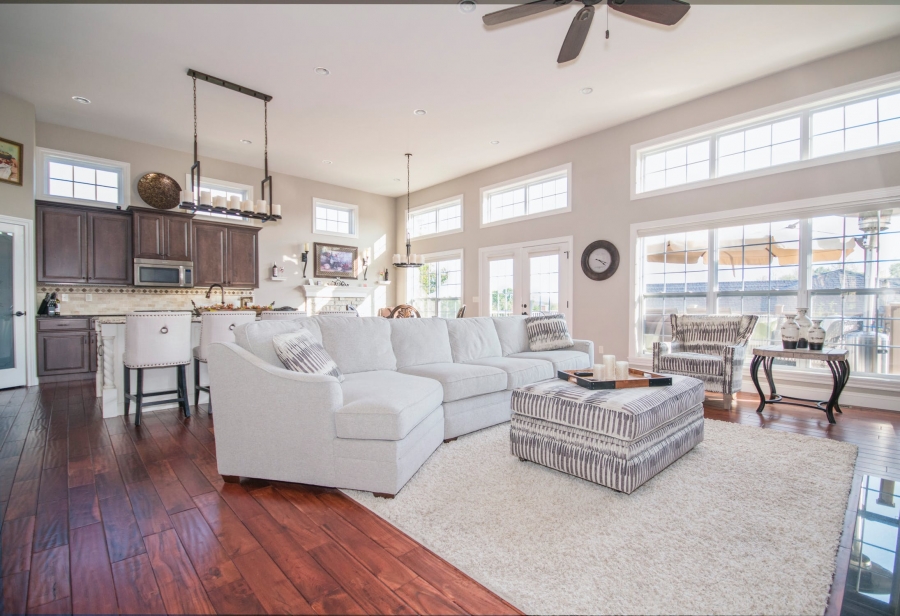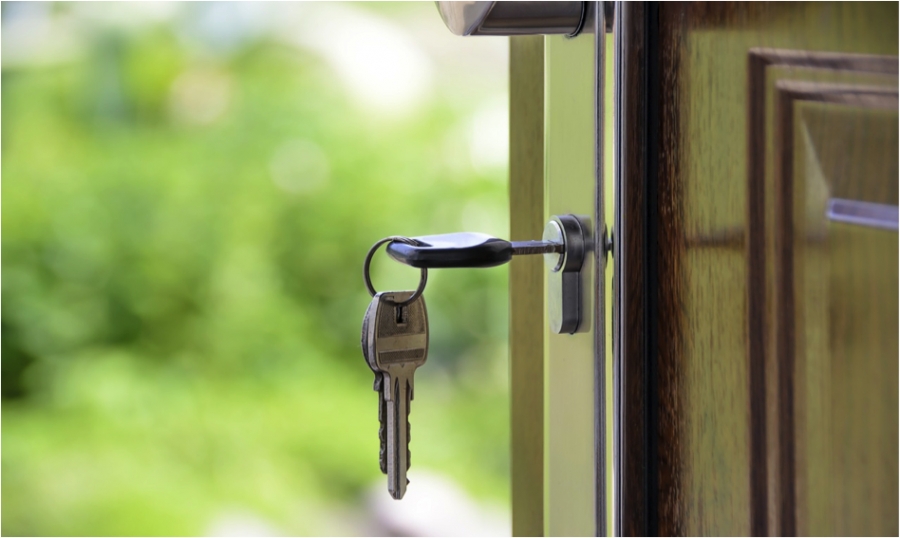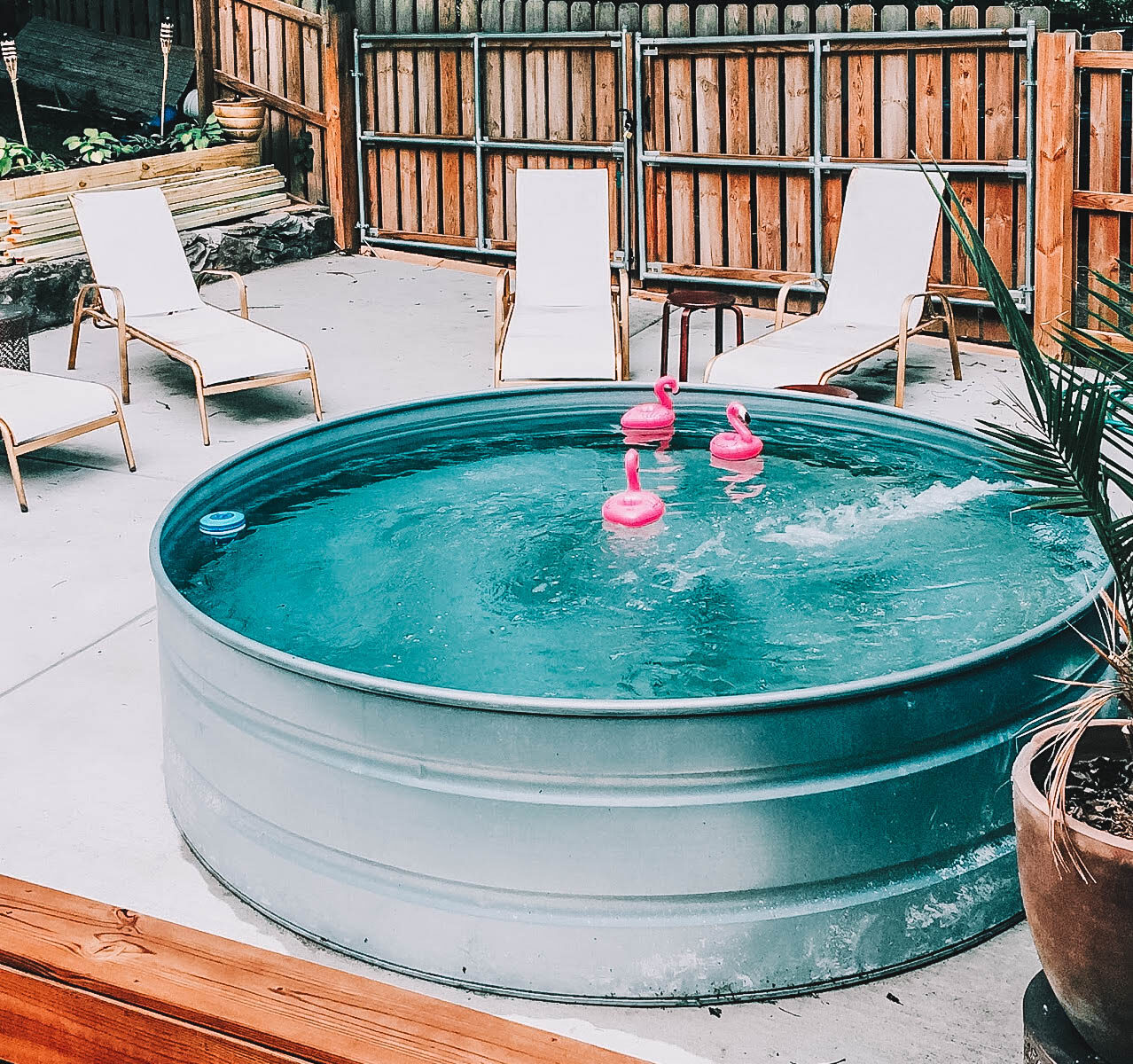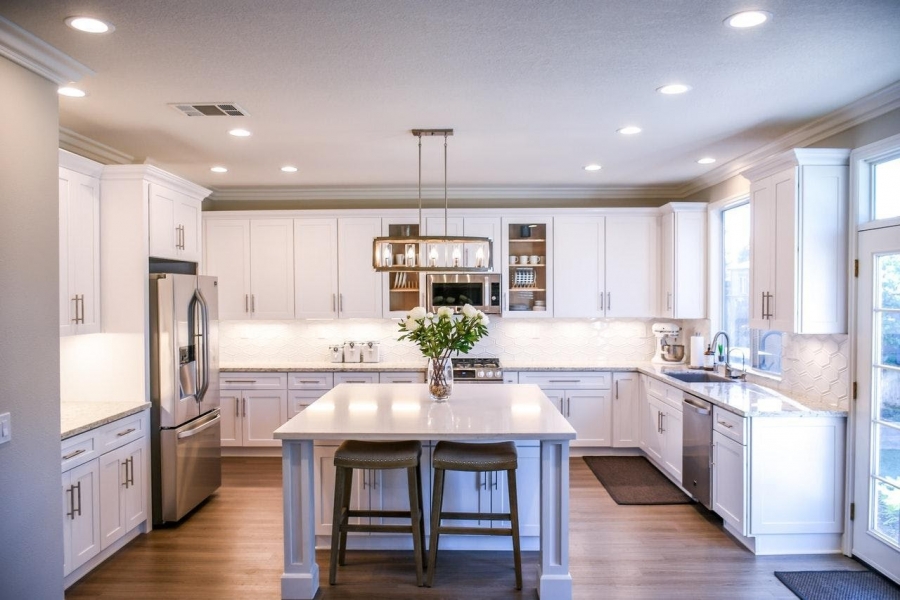Getting your Fort Collins or Loveland home appraised is a necessary step in putting it on the market and the appraisal will influence your asking price. This means you want your home in its best possible condition, so it will be appraised at the highest potential value. While undertaking massive renovations may not be an effective process, there are smaller things you can do to raise the market value of your home.
Start Small with a Little Spackle
If you’ve lived in your home for any length of time, you’ve probably hung things on the walls, put up shelves, or simply had accidents that resulted in minor damage. Now is the time to repair those blemishes. By filling these holes and crevices with a little spackle and painting over the area, you can leave your walls looking like new. While this may not boost the value of your home, it will keep the appraiser from deducting for the damage.
As Long as You’re Painting…
After you’ve touched up your walls, you might want to consider freshening up the paint in other areas. For instance repainting worn borders and moldings around the home can give it a newer look. Additionally, take the paint outside and touch up the trim around the windows and doors. This will boost curb appeal and help you add value to the home. Any area where the paint is peeling, chipping, or simply has lost its luster should be retouched with a fresh coat.
Update Your Crawl Spaces
Something that’s receiving more attention in home updates is crawl space encapsulation. Crawl spaces are essential for providing homeowners and contractors with access to the deepest recesses of the home. However, these spaces are vulnerable to moisture and water damage caused by humidity, warmer temperatures, and harsh weather conditions. To protect crawl spaces, homeowners have started encapsulating, or sealing, the spaces in moisture-resistant materials. Similar to a swimming pool liner, a polyethylene barrier is added to keep the crawl space dry.
Do a Deep Clean
This is also the time to really clean your home from top to bottom. Especially if you have young children and pets, there may be odors and damage that you might not be noticeable to you. Yet, a strong pet odor, or your child’s scuff marks on a hard wood floor will be the first things your appraiser notices. Consider hiring a professional cleaning crew to wax the floors, shampoo the carpets, and conduct an intensive cleaning of the entire home.
Conduct Other Repairs
At some point, you should tour your home with the mindset of a home buyer. This will open your eyes to problems that you live with every day, and just don’t notice anymore. Look for things that need to be repaired, such as a loose handrail, dripping faucet, or shorted electrical outlet. Repairing these problems ahead of time will ensure you won’t lose money on the appraisal.
Get an Early Home Inspection
Even after you think you have done everything that can be done to boost your home’s appraised value, consulting an expert is wise. Getting a home inspection at this time will help you uncover issues that you may not have the expertise to notice. This gives you the time to get these items fixed ahead of putting the home on the market, while also ensuring you can ask a more competitive selling price. It’s better to uncover these problems now than to have them affect the sale of the home in the future.
In selling your home, you want to ensure you get close to its value, including the money and time you invested in updating its features. By taking the time to spruce up the home ahead of the appraisal, you may be able to increase the value by thousands of dollars. The suggestions offered here can give you a start, and your real estate agent may be able to offer more tips to help you get the most out of your home.
Message me if your thinking about selling your Fort Collins or Loveland home at m.me/EdPowersRealEstate










